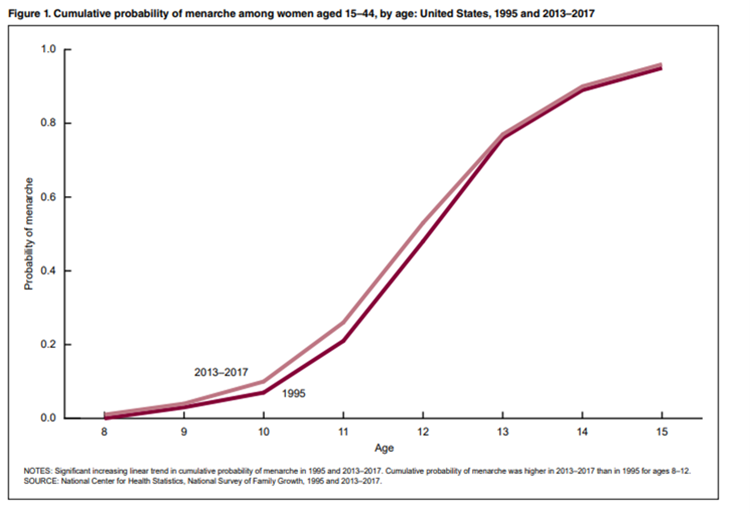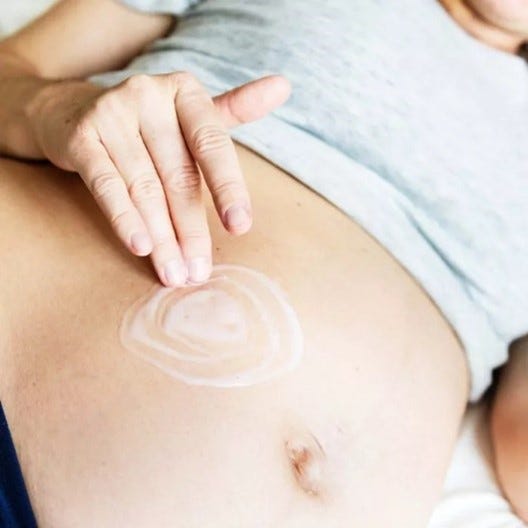OneVue Thought Leadership Trend - THE WOW REPORT: World of Women
OneVue Thought Leadership Trend Report
Executive Summary
By The Numbers
The History of Women’s Health
New & Trending
Why it Matters
Generational Health
Teens/Young Adults
Adults
Golden Age
What Brands Are Doing
Extra Credit Reading
Welcome to the World of Women. The growing pains (and menstrual pains) of adolescence. The joys of motherhood. The ups and downs of menopause. And everything in between. Women comprise 51% of the population yet constantly struggle to have their voice heard frequently being overlooked by society.
Women are looking for resources and as Kenvue has a strong position in this community, they have the power to help reach these women throughout each step of their wellness journey from puberty all the way to menopause. Kenvue needs to be the key resource for the varying needs of women as they are key decision makers and highest spenders for health and wellness products.
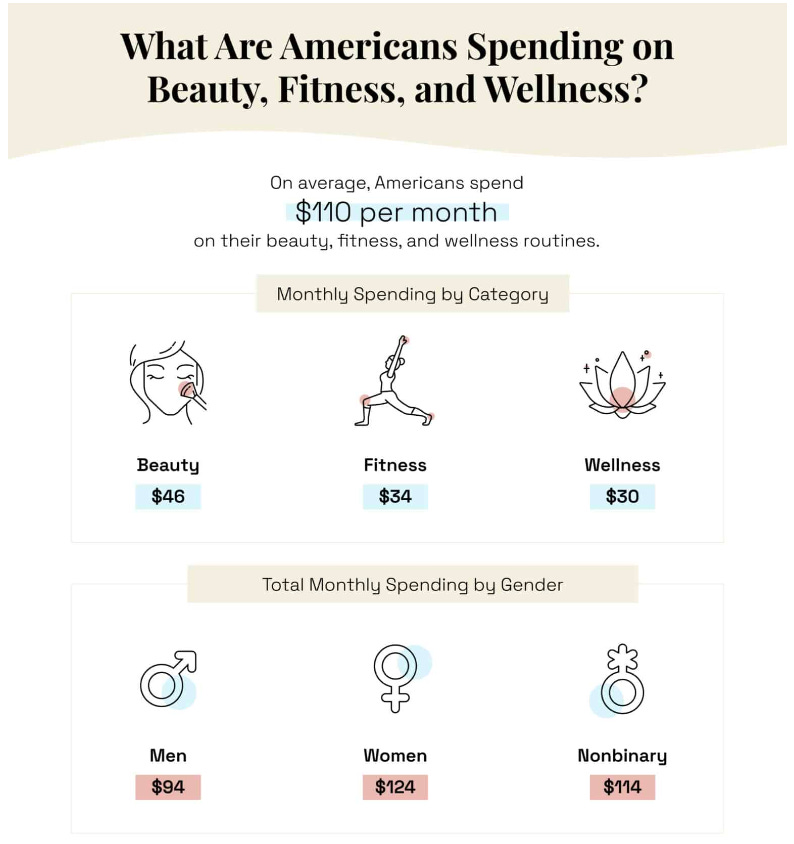
Women 50+ are spending $22 billion annually on beauty and personal grooming products. (Mirror/Mirror: AARP Survey of Women's Reflections on Beauty, Age and Media)
30% of teen girls said that Instagram made them feel worse about their bodies.
Over a quarter of US households spend $2,000 or more out-of-pocket medical costs as compared to less than 5% of women in the UK, France, and the Netherlands. (Common Wealth Fund)
LGBTQ+ parents are more likely than average to be trying to conceive a child and 3x more likely to be pregnant. (Mintel, US Women’s Wellness 2022)
More than 1 million women in the United States experience menopause each year and there is little known about the health effects. (CRMC Cuyuna Regional Medical Center)
70% of women 40+ want to see beauty and grooming products created for and marketed toward, perimenopausal and menopausal women. (Mirror/Mirror: AARP Survey of Women's Reflections on Beauty, Age and Media)
The American health care system has failed women for decades with focuses primarily on breast cancer and conditions of the reproductive organs leaving a very limited approach to women’s well-being. The 1960’s sparked the importance of the health needs of women however, still to this day, we have work to do to fundamentally understand the nature and complexity of women’s health.

The women’s health category is increasingly leaning toward personalization, innovation and sustainability.
PERSONALIZATION in the wellness space has become increasingly important to consumers. No longer are they satisfied with one-size-fits-all approaches to health and wellness, there’s an expectation for brands to cater to individual needs. However, consumers aren’t necessarily looking for brands to tell them what to do, they’ve supplied themselves with an ample amount of information and are relying on tech to help them stay on top of their health. Hormone centered diet and wellness will see increased investment. Women are adopting “Cycle Syncing” which is modifying your diet, beauty products, and workout routines based on the phase of your hormone cycle. On TikTok alone #CycleSyncing has amassed over 125 million views.
In the wake of the OVERTURNING OF ROE V. WADE we foresee the approval of over-the-counter birth control options along with the adoption of alternative methods. Ovulation strips generally have been used by women to assist with pregnancy. Over the last few years, it has become increasingly popular as a method to monitor fertility and prevent pregnancy.
TECHNOLOGY is allowing consumers to monitor their health in ways like never before. As consumers become increasingly educated on their health, we expect to see an increased usage of wellness and period tracker apps as women will use these tools to stay on top of their different wellness journeys. Similarly, health monitoring accessories will become more accessible and fashionable for the everyday women but there will be increased visibility on data privacy and implications.
The CLIMATE CRISIS and concern for the evolving state of our planet have trickled down to most aspects of people’s everyday life and women’s health is no different. Women are increasingly more aware of their direct impact on the planet period products. For example, in her lifetime the average woman uses roughly 11,000 tampons and it takes the same products centuries longer than the lifespan of the woman who used it.
As we look at the Women’s Health Category and emerging trends, there are opportunities for Kenvue to play an active role in improving the lives of women across generations. Below are some thought starters to kick-start some ideas.
PUBERTY
The beginning of puberty is generally what marks the beginning of a women’s health journey. At the start of this journey, it is shortly accompanied by a girl’s first period. According to, to the CDC in the U.S. the average age at which a girl, gets her first period is 12. In a lifetime that’s roughly 450 periods spanning 34.7 years. (NCBI) However, a period doesn’t only affect physical health it goes well beyond. In a survey by P&G, it was uncovered that almost 20% of girls in the U.S. have missed school because they lack access to period products. While it’s reported that 41% lose focus due to pain. However, poverty, shame, taboos, and misinformation are worldwide issues.
In recent years, data has shown that young girls begin puberty much earlier than previous generations. (New Yorker) The research found that the age for a girl’s first period (12) is down from 14 a century ago and as much as six months earlier than 20 or 30 years ago. But puberty does not start with menstruation, and that starts a lot earlier. Signs of puberty have been seen in children as young as 6 years old. (Scientific America)
“We’re now seeing thelarche (breast development) occur 18 months to two years earlier than we did a few decades ago,” says Frank Biro, Cincinnati Children’s Hospital Medical Center.
Girls are also developing acne at younger ages than before. The cause of early acne is due to the early on-set of puberty as well as childhood obesity and COVID-19. Girls just entering puberty feel lost and often don’t know how to take care of their skin leaving them with a weak skincare hygiene routine. (Sunday Edit)
Earlier puberty also impacts future health. Numerous studies support that starting a period at a young age increases the risk of premenopausal and postmenopausal breast cancer. According to a study published by the British Journal of Cancer women who had started their periods at 15 were at only two-thirds the risk of premenopausal breast cancer compared with women whose periods had started at 11. The risk decreased by 7% for every year that periods were delayed.
MENTAL HEALTH
Another area impacting the health of teen girls is their mental health. The situation is so dire that in the fall of 2021, the American Academy of Pediatrics along with the American Academy of Child and Adolescent Psychiatry and the Children’s Hospital Association declared a national emergency in child and adolescent mental health. (Harvard Health)
As part of the Youth Risk Behavior Survey, the U.S. Centers for Disease Control and Prevention (CDC) published a report in February 2023 showing a rise in teen girls’ mood disorders. The report showed that the rise is disproportionate to that of teen boys. (CDC)

Social media is one of the leading influences impacting the mental health of teen girls. Teen girls are more likely to use TikTok, Snapchat, and Instagram. (Pew) In 2021, the social media giant Meta came under fire once an internal investigation was made public that uncovered the effects the platform had on teens mental health. The most jarring instances was that 30% of teen girls said that Instagram made them feel worse about their bodies.
ACCESS TO CARE
Compared to other high-income countries around the world, women in the US are not as well served by their country’s healthcare system. It’s less common for women in the US to have a regular doctor or place of care. Having a regular primary care physician is vital for strengthening health outcomes, minimizing health disparities, and limiting costs.
Over a quarter of US households spend $2,000 or more out-of-pocket medical costs as compared to less than 5% of women in the UK, France, and the Netherlands. These high costs often discourage women from seeking the medical care that they need. (Common Wealth Fund)
DISPROPORTIONAL IMPACTS ON BLACK WOMEN
FIBROIDS
While all women are at risk for developing uterine fibroids, Black women are disproportionately affected. One study showing that Black women are three times more likely to develop them than white women and that Black women are more likely to need surgical treatment. A family history of fibroids increases a woman’s risk. Obesity, diet and environmental factors may also play a role. Hair relaxers have also been linked to increased risk of uterine fibroid development. (NBC News)
MATERNAL HEALTH
Stark racial disparities in maternal and infant health in the U.S. have persisted for decades despite continued advancements in medical care. Black women continue to have higher infant mortality rates even with higher socioeconomic status. (New York Times)
PREGNANCY BEAUTY TRENDS
BIRTHING MAKEUP
A rising trend with women, especially women who have scheduled C-section, are looking to get glammed up and book appointments with make up artists for their due date. Women have polarizing views on this, but a recent survey cited 68% of women in UK felt the need to put on make up the day they gave birth. (Glamour)
CLEAN BEAUTY
For many women, pregnancy is a motivator for them to think more about and invest in clean beauty. In addition to choosing products that are safe for the expectant baby, women are also encouraged to change up their skincare routine to help with common skin issues that are related to pregnancy including melasma, hormonal acne, and/or stretch marks. Pregnant women are also advised to avoid specific ingredients can be harmful to a developing fetus: salicylic acid, Retin-A, retinol, retinyl palmitate, benzoyl peroxide, hydroquinone, and some prescription acne medications. (The Healthy)
EXPANDING VIEW OF MOTHERHOOD
LGBTQ+ PARENTS
As consumers are moving away from traditional gender stereotypes and expressions, our society is expanding their view of motherhood. LGBTQ+ representatives have a strong presence on maternal journey. LGBTQ+ parents are more likely than average to be trying to conceive a child and 3x more likely to be pregnant. 2x are likely to have had a child within the past year. Brands should lean into this expanded view of motherhood and capture LGBTQ+ parents unique unmet needs they may be challenged with their wellness journey. (Mintel, US Women’s Wellness 2022)
SEEKING EDUCATIONAL SOLUTIONS
Most women are shocked at how little information and support is available for a huge category of humans (43% of US women are experiencing either perimenopause, menopause, or post-menopause, outpacing the maternal journey nearly threefold. The dearth of trusted resources means that 60% of menopausal women are not seeking products and brands to help them along the way (Mintel, US Women’s Wellness 2022).
With the increase in life expectancy and growing emphasis on women’s health, education continues to be key for women’s post-menopausal journeys as 40% of women’s lives can be spent in the post-menopausal stage due to increasing life expectancy. (Mayo Clinic)
There is a major knowledge gap in clinicians and the general public regarding pre/during and post menopause and the health effects of the natural biological occurrence even with more than 1 million women in the US There experiencing menopause each year (and growing). Only 20% of ob/gyn residencies offer menopause training, and half of all US ob/gyn residencies felt they needed more education on menopause medicine. Additionally, only 54% of women can correctly define menopause. (CRMC Cuyuna Regional Medical Center)
REDEFINING BEAUTY DURING WOMENS ‘GOLDEN YEARS’
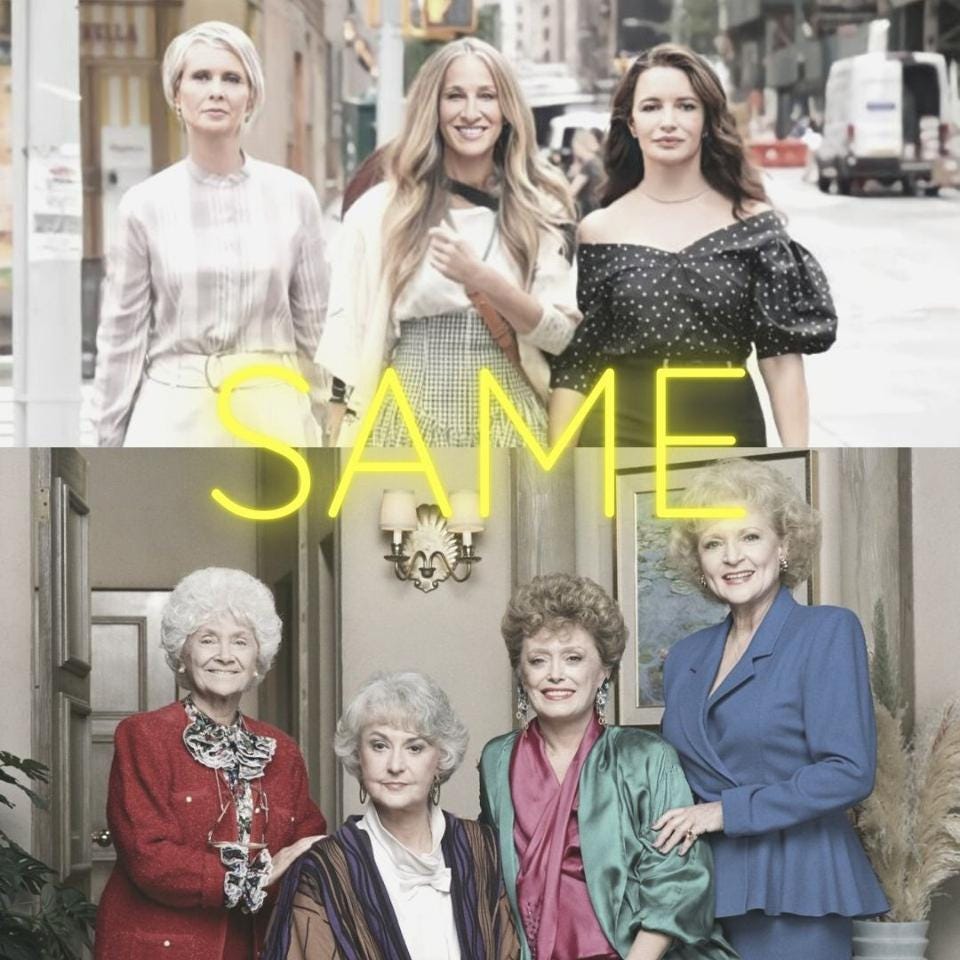
Women over 50 are having a moment and are successfully redefining these years as their ‘golden years’. They are showing what is possible and are more active, ambitious, and influential now more than ever by caring for their families, running companies, standing up for their beliefs and striving at work.
Beauty is so much more than youth. We are starting to see the narrow confines of beauty beginning to stretch with race and size are becoming more diverse in the fashion world, so why can’t age too? Older audiences who have been underrepresented in the past now gaining a bigger voice (Mintel, US Women’s Wellness 2022) and are a significant customer base with strong beauty consumption habits (Women 50+ are spending $22 billion annually on beauty and personal grooming products). Brands are starting to break the mold and recognize women of all ages as beautiful and represented.
Please see below for examples of how brands can play in this space featuring recent branded activations.

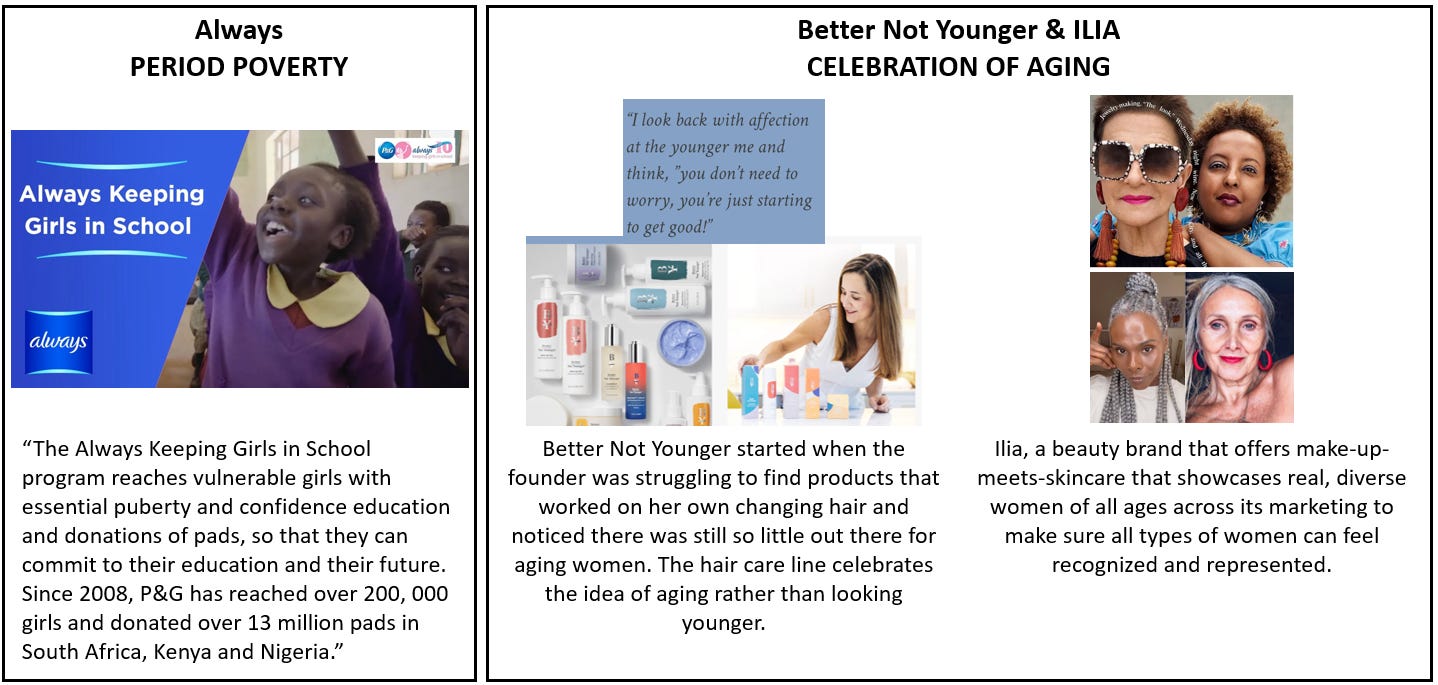

There is a strong desire for more relevant products and ads as women age based on their evolving beauty needs. This will result in new and emerging brands that create a new category of health for a population that is currently being underserved but has disposable money to spend.
It’ll take a revolution to bring women’s health care to where it needs to be
‘The Last of Us’ answers how to handle menstruation in a zombie apocalypse
How one health and wellness platform is trying to change the cultural narrative around female health
4 Moments In Pop Culture That Helped Normalize Menopause In The Mainstream
Research explores the impact of menopause on women’s health and aging
Justine Bateman Explains Decision to Age Naturally: “I Just Don't Give a Shit”
Frustrated with hookup culture, Gen Z women are swearing off sex and entering their 'celibacy era'


















